Home>Storage Ideas>Kitchen Storage>How To Clean A Kitchen Sink And Make It Sparkle
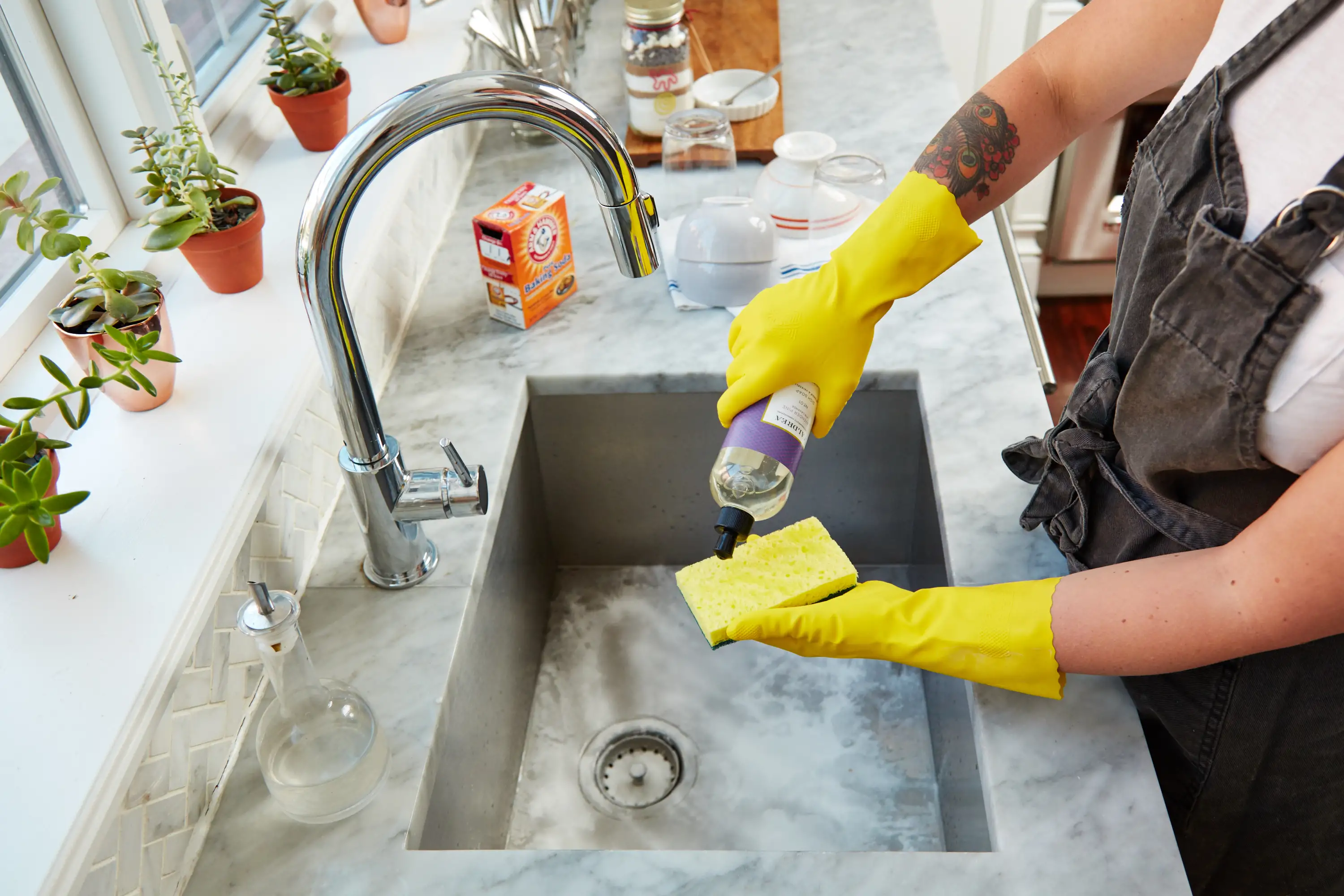

Kitchen Storage
How To Clean A Kitchen Sink And Make It Sparkle
Modified: January 8, 2024
Learn how to clean your kitchen sink and make it sparkle with these effective kitchen storage ideas. Transform your sink into a shining centerpiece of your kitchen!
(Many of the links in this article redirect to a specific reviewed product. Your purchase of these products through affiliate links helps to generate commission for Storables.com, at no extra cost. Learn more)
Introduction
Welcome to the ultimate guide on how to clean a kitchen sink and make it sparkle! A clean and sparkling sink not only enhances the overall appearance of your kitchen but also ensures proper hygiene and sanitation. Over time, kitchen sinks can accumulate dirt, stains, and unpleasant odors from food residue, grease, and other contaminants.
Fortunately, with the right tools, supplies, and techniques, you can easily transform your dull and dirty sink into a pristine and gleaming centerpiece. In this comprehensive article, we’ll walk you through the step-by-step process of effectively cleaning and maintaining your kitchen sink to keep it looking and smelling fresh.
Before we dive into the cleaning process, let’s quickly go over the supplies you’ll need. Gathering your supplies beforehand will save you time and ensure you have everything you need to tackle the task at hand.
Key Takeaways:
- Transform your dull and dirty sink into a pristine and gleaming centerpiece with the right tools, supplies, and techniques. Embrace the process and revel in the beauty of your clean and sparkling sink!
- Maintain a clean and sparkling sink by incorporating simple habits into your daily and weekly cleaning routines. Wipe down the sink, avoid leaving dirty dishes, and regularly sanitize to keep it looking fresh and inviting.
Read more: How To Make A Sink
Gather Your Supplies
Before you start cleaning your kitchen sink, it’s important to gather the necessary supplies. Having everything on hand will make the process more efficient and ensure you have everything you need to achieve a thorough clean. Here are the supplies you’ll need:
- Rubber gloves: Protect your hands from harsh cleaning chemicals and hot water.
- Dish soap: Choose a mild, non-abrasive dish soap that is safe for your sink’s material.
- Baking soda: A natural and effective cleaner that can tackle tough stains and odors.
- Vinegar: Known for its disinfecting properties, vinegar helps remove stains and eliminate bacteria.
- Microfiber cloth: A soft and absorbent cloth that won’t scratch your sink’s surface.
- Toothbrush or small brush: Perfect for getting into crevices and cleaning hard-to-reach areas.
- White eraser sponge: Ideal for removing stubborn stains and marks on certain sink materials.
- Optional: Lemon or orange peels, essential oils, or a sink deodorizer to add a fresh scent.
Once you have gathered these supplies, you’re ready to begin the cleaning process. Clearing the sink of any dishes or debris is the first step to achieving a sparkling clean sink.
Clear the Sink
Before diving into the cleaning process, it’s important to clear the sink of any dishes, utensils, or debris. This will give you a clean slate to work with and ensure you can access every part of the sink surface. Remove any dirty dishes and place them in the dishwasher or wash them by hand, whichever is appropriate.
Next, remove any loose food scraps or debris that may be lingering in the sink. Dispose of them in the trash or compost bin. If there are any large items, such as cookware or cutting boards, that are too big to fit in the sink, set them aside to clean separately.
Once the sink is cleared, run the hot water to rinse away any remaining residue. This will help loosen any stuck-on food particles and make the cleaning process easier. Take a moment to inspect the sink and identify any areas that require extra attention, such as stains or built-up grime.
With a clear sink and a fresh canvas, you’re now ready to move on to the next step – scrubbing the sink surface.
Scrub the Sink Surface
Now that your sink is clear of any dishes or debris, it’s time to give the surface a thorough scrub. Start by wetting the entire sink with warm water. This will help to loosen any dirt or food particles that may be stuck to the surface.
Next, apply a small amount of dish soap or a mixture of dish soap and warm water to a sponge or microfiber cloth. Begin scrubbing the sink in circular motions, paying special attention to areas that are visibly dirty or stained. If you encounter stubborn stains or marks, sprinkle some baking soda onto the surface and scrub gently to lift them.
For especially tough stains or buildup, you can create a paste using baking soda and water. Apply the paste to the affected areas and let it sit for a few minutes to break down the grime. Then, use a toothbrush or small brush to scrub the paste into the sink surface, focusing on the stained areas. Rinse with warm water to remove the paste.
For sinks made of stainless steel or other durable materials, you can also use vinegar to remove stains and restore shine. Simply soak a cloth or sponge in vinegar and scrub the surface, paying attention to any problematic areas. The acidity of the vinegar helps to dissolve mineral deposits and sanitize the sink.
After scrubbing the sink surface thoroughly, rinse it with warm water to remove any soap residue or cleaning agents. This will ensure a clean and residue-free finish. In the next step, we’ll focus on cleaning the drain to ensure optimal functionality and prevent any unpleasant odors.
Use a mixture of baking soda and vinegar to scrub the sink, then rinse with hot water. For extra shine, buff with a microfiber cloth and a few drops of olive oil.
Clean the Drain
One often overlooked but crucial step in cleaning a kitchen sink is taking care of the drain. The drain can accumulate food particles, grease, and other debris over time, leading to clogs and unpleasant odors. By regularly cleaning the drain, you can maintain optimal functionality and eliminate any potential odor-causing culprits.
Begin by removing any visible debris from the drain. This can be done by using your hands or a pair of tongs to pull out any large items that may be obstructing the flow of water. Dispose of the debris in the trash or compost bin.
Next, create a mixture of equal parts vinegar and baking soda. This powerful combination will help break down any grease and eliminate odors in the drain. Pour the mixture down the drain, and let it sit for about 15 minutes to work its magic.
Following the vinegar and baking soda treatment, boil a pot of water. Carefully pour the hot water down the drain to flush out any remaining residue and debris. The hot water will help to dissolve any grease or buildup, leaving your drain clean and odor-free.
If you notice lingering odors even after cleaning the drain, you can try using a natural deodorizer. Cut up lemon or orange peels and place them in the garbage disposal. Turn on the disposal and let it run with cold water for a few seconds to release a fresh citrus scent throughout your kitchen.
Keeping your drain clean and odor-free is essential for maintaining a fresh and inviting kitchen. In the next step, we’ll move on to polishing the faucet to complete the overall cleaning process.
Polish the Faucet
A sparkling faucet adds the final touch to a clean and well-maintained sink. Over time, faucets can accumulate mineral deposits, water spots, and fingerprints, making them appear dull and tarnished. By polishing the faucet, you can restore its shine and enhance the overall appearance of your kitchen sink.
To begin, dampen a microfiber cloth with warm water. Gently wipe down the entire surface of the faucet to remove any loose dirt or debris. This step will ensure that you have a clean surface to work with before applying any polishing agents.
Next, you can use a faucet cleaner or create your own natural cleaning solution using household ingredients. For example, you can mix equal parts of vinegar and water in a spray bottle. Spray the solution onto the faucet and let it sit for a few minutes to break down any mineral deposits or stains.
After allowing the cleaning solution to work its magic, use a soft toothbrush or a small brush to scrub the faucet gently. Pay attention to any areas with stubborn stains or buildup. For chrome faucets, you can also use a non-abrasive cleaner specifically designed for chrome surfaces.
Once you’ve thoroughly scrubbed the faucet, rinse it with warm water to remove any cleaning residue. If there are still mineral deposits or water spots, you can use a cloth dampened with white vinegar to wipe them away. The acidity of the vinegar helps to dissolve and remove stubborn stains.
Finally, use a dry microfiber cloth to buff the faucet and bring out its natural shine. This will give your faucet a polished and gleaming appearance. Take a step back and admire your sparkling clean sink with its shiny faucet.
In the next step, we’ll tackle the final stages of cleaning your sink – rinsing and drying.
Rinse and Dry
After completing the cleaning and polishing process, it’s important to give your sink a final rinse and ensure that it is thoroughly dried. This will help prevent any water spots or streaks from forming and give your sink a pristine finish.
Start by thoroughly rinsing the entire sink with warm water. Use a handheld sprayer or fill a pitcher with water to evenly distribute it across the sink surface. This will remove any remaining cleaning agents or residue.
Next, use a clean microfiber cloth or towel to dry the sink. Wipe down all the surfaces, including the basin, sides, and faucet, to ensure that no moisture is left behind. Pay attention to any hard-to-reach areas or crevices where water may collect.
If you have a stainless steel sink, you can take an extra step to restore its shine by applying a small amount of olive oil or baby oil to a cloth and buffing the sink surface. This will help minimize water spots and maintain the lustrous appearance of the stainless steel.
Once your sink is completely dry, take a moment to admire the sparkling results of your cleaning efforts. A clean and dry sink not only looks visually appealing but also promotes proper sanitation and hygiene in your kitchen space.
Now that you’ve successfully cleaned your kitchen sink and made it sparkle, let’s discuss some tips on how to maintain its cleanliness and keep it looking its best.
Maintain a Clean Sink
Now that you’ve put in the effort to clean and make your sink sparkle, it’s important to establish a routine to maintain its cleanliness. By incorporating a few simple habits into your daily and weekly cleaning routines, you can keep your sink looking fresh and inviting. Here are some tips to help you maintain a clean sink:
- Wipe down the sink after each use: Get into the habit of quickly wiping down the sink after each use. This will prevent the accumulation of water spots, soap scum, and other residues.
- Avoid leaving dirty dishes in the sink: Leaving dirty dishes in the sink promotes the growth of bacteria and can lead to unpleasant odors. Make it a habit to wash or load dishes promptly.
- Use a sink strainer: Place a sink strainer in the drain to catch food particles and debris. Empty and clean the strainer regularly to prevent clogs.
- Regularly sanitize the sink: Once a week, give your sink a thorough sanitization to eliminate any bacteria or germs. Use a mild disinfectant or a mixture of water and vinegar to sanitize the sink surface.
- Keep a dish soap dispenser by the sink: Having a designated dish soap dispenser by the sink encourages regular hand washing and makes it convenient to clean dishes and the sink.
- Address stains and buildup promptly: If you notice any stains or buildup on the sink surface, tackle them as soon as possible. Prompt cleaning will prevent them from becoming more difficult to remove.
- Avoid abrasive cleaners or tools: Harsh chemicals and abrasive scrub brushes can scratch or damage certain sink materials. Stick to non-abrasive cleaners and soft cloths or sponges to protect the sink surface.
- Consider using a sink mat or liner: Placing a sink mat or liner at the bottom of your sink can provide an extra layer of protection against scratches and keep dishes from directly contacting the sink surface.
- Regularly clean the faucet and handles: In addition to cleaning the sink, don’t forget to clean the faucet and handles regularly. Use a damp cloth and mild soap to remove any dirt or buildup.
By incorporating these simple tips into your cleaning routine, you can maintain a clean and sparkling sink that adds beauty and functionality to your kitchen space.
With the knowledge and techniques shared in this guide, you are now equipped to clean and make your kitchen sink shine like never before. Embrace the process, enjoy the sense of accomplishment, and revel in the beauty of your clean and sparkling sink!
Frequently Asked Questions about How To Clean A Kitchen Sink And Make It Sparkle
Was this page helpful?
At Storables.com, we guarantee accurate and reliable information. Our content, validated by Expert Board Contributors, is crafted following stringent Editorial Policies. We're committed to providing you with well-researched, expert-backed insights for all your informational needs.
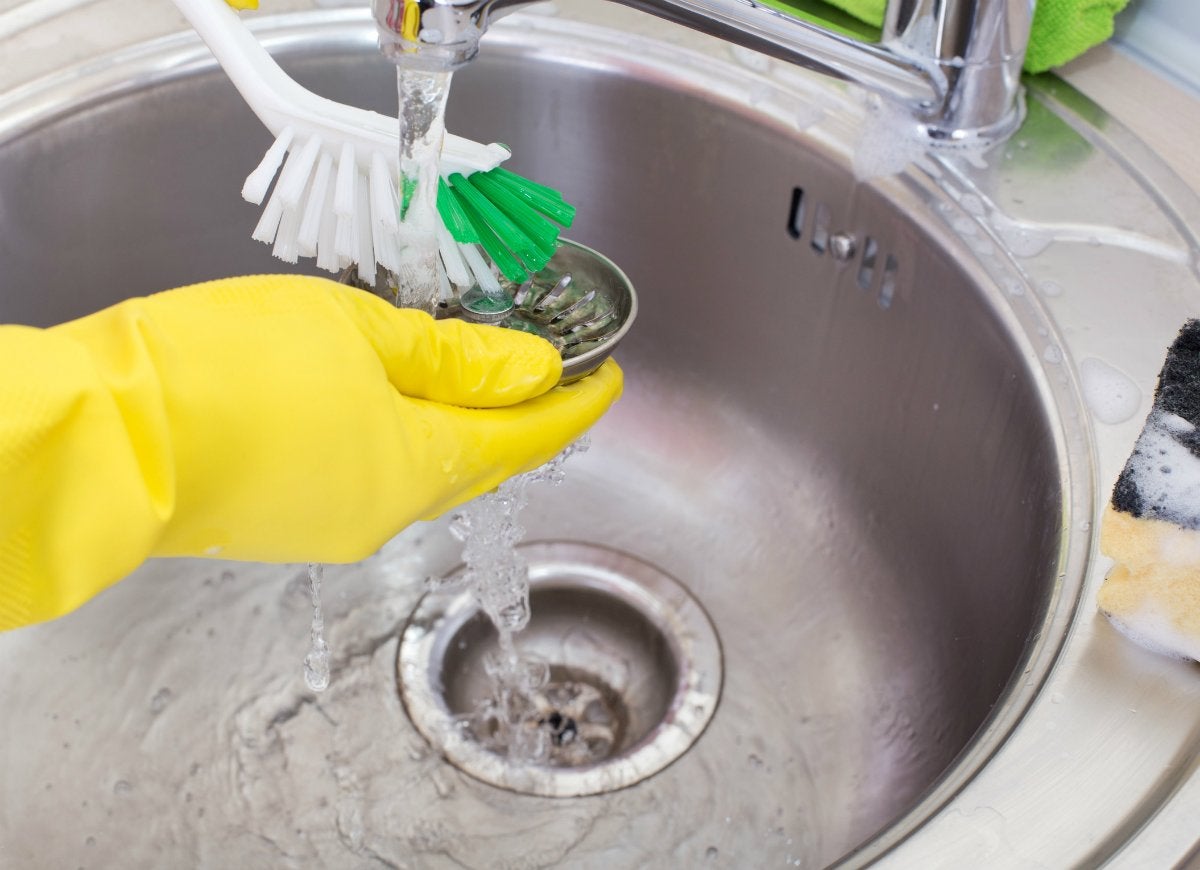
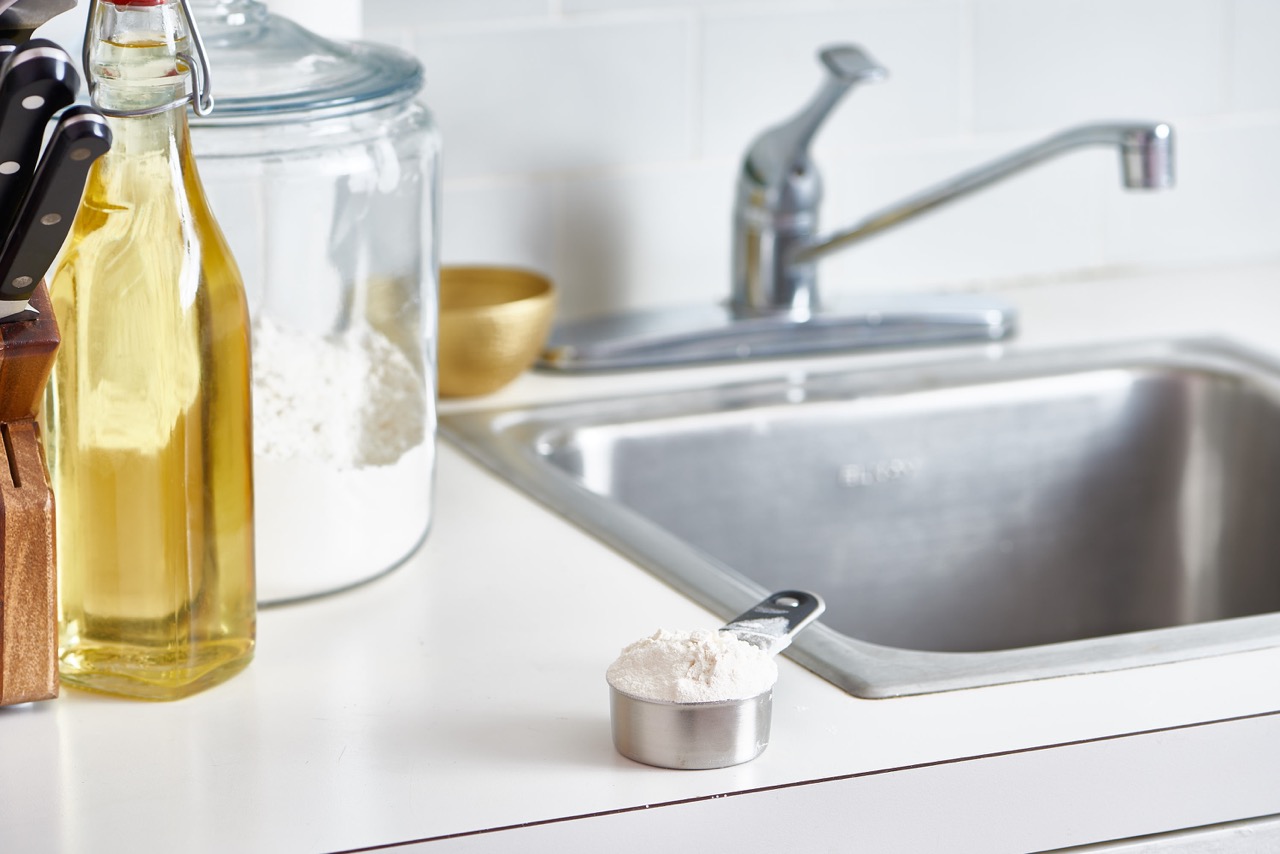
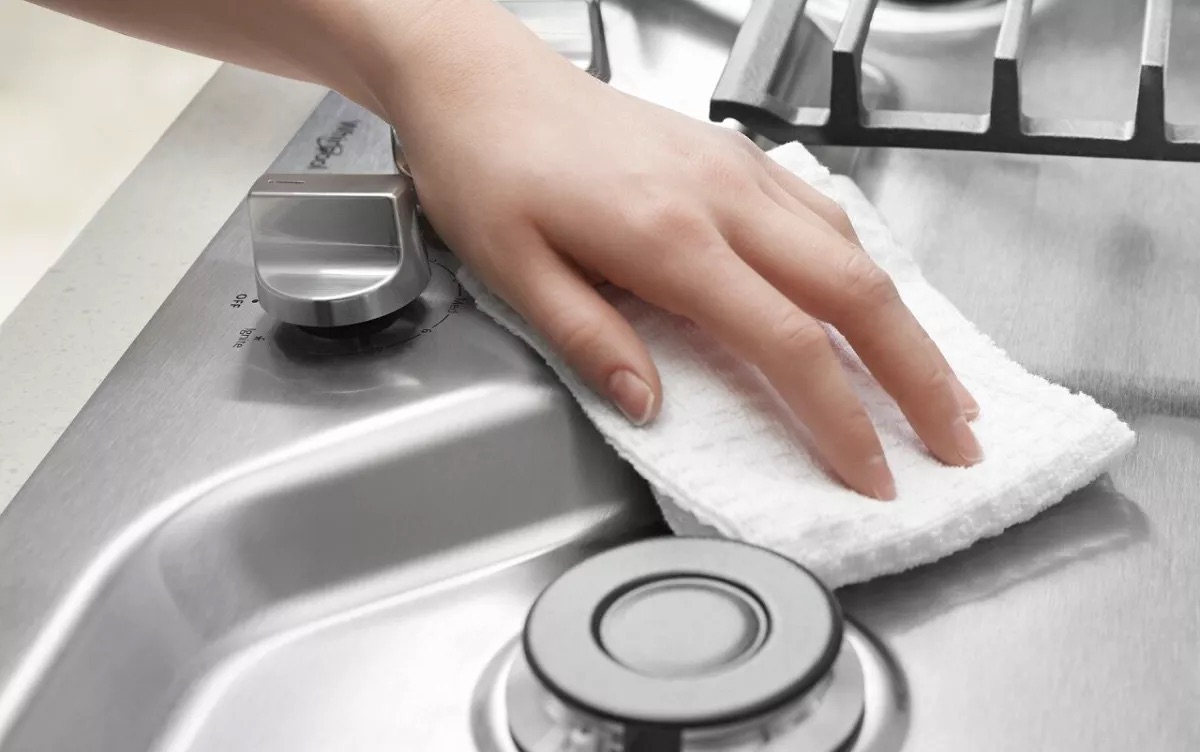

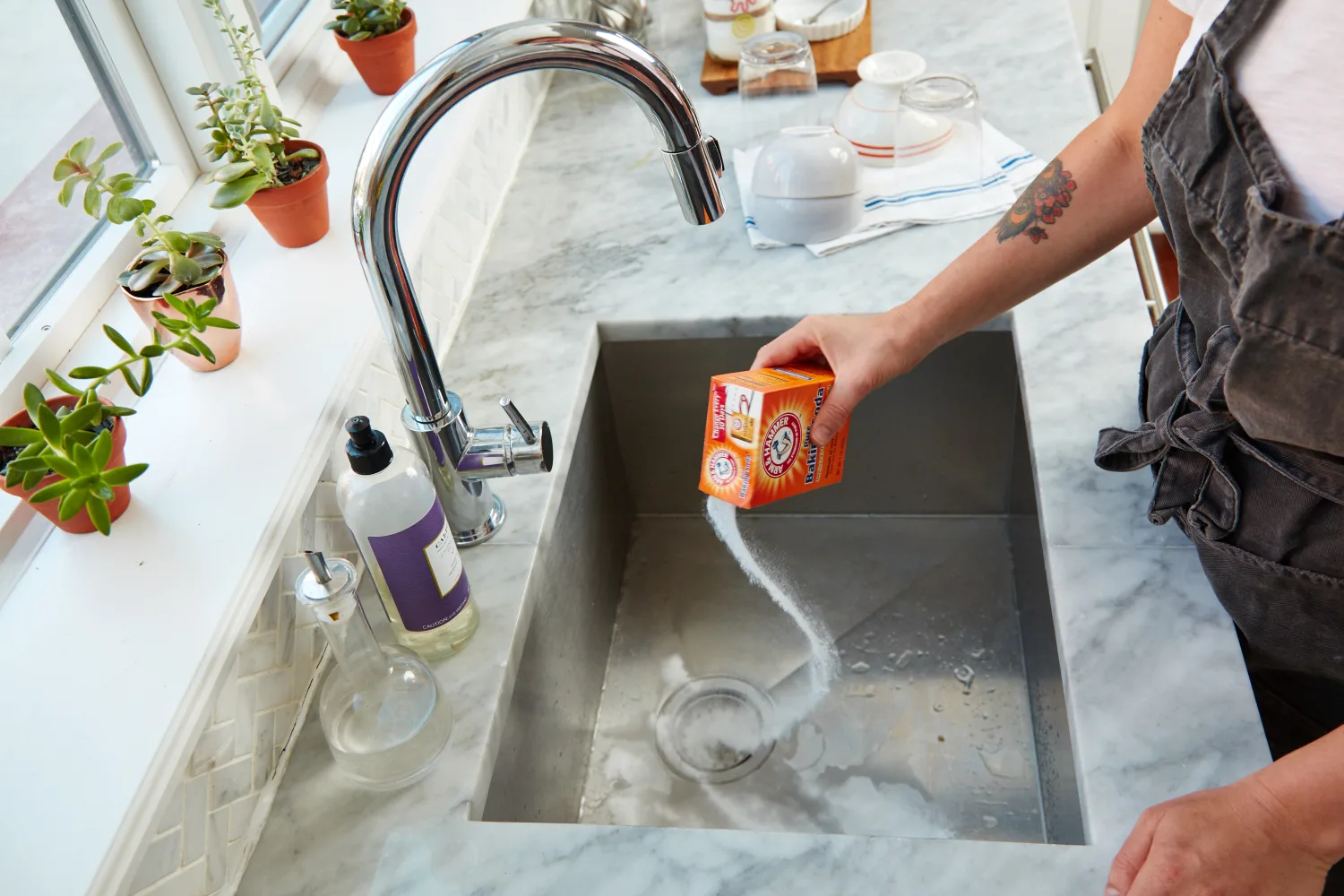


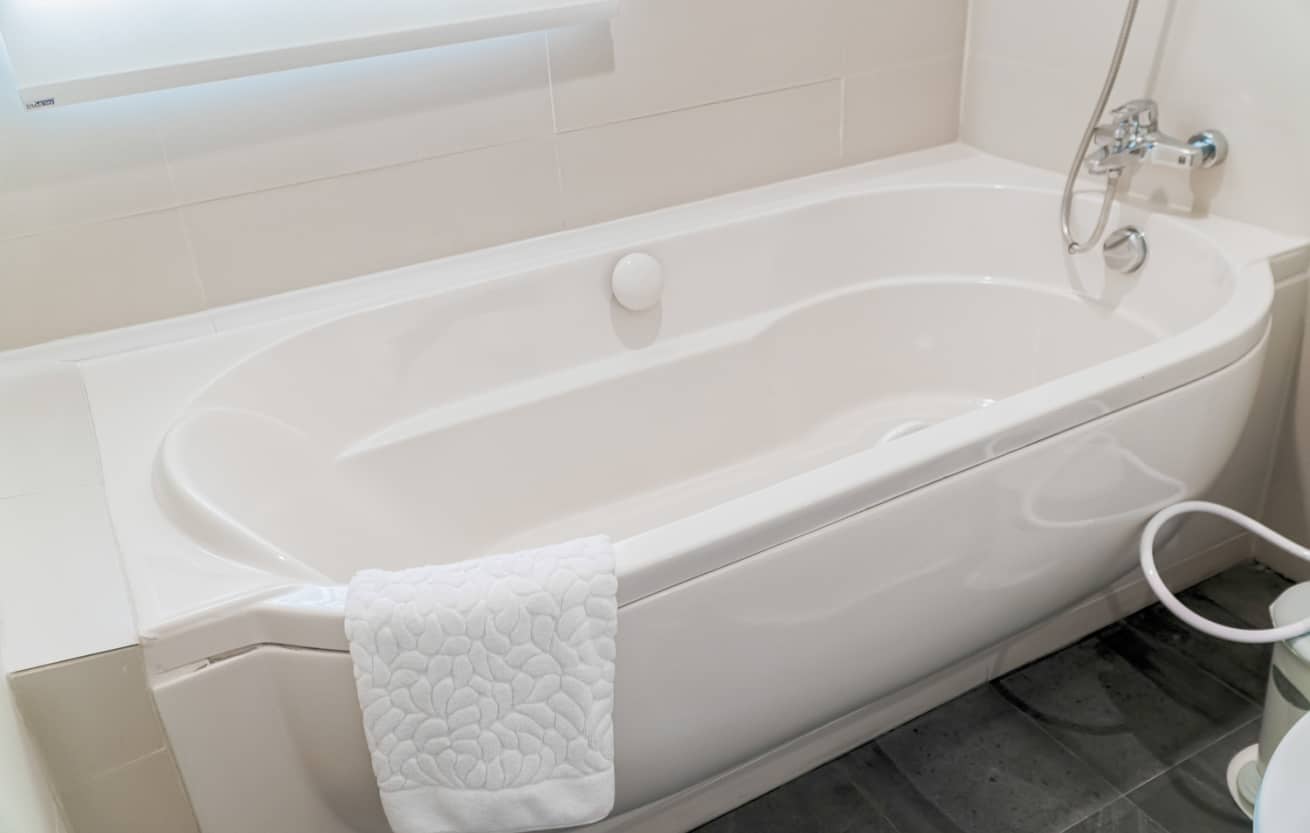
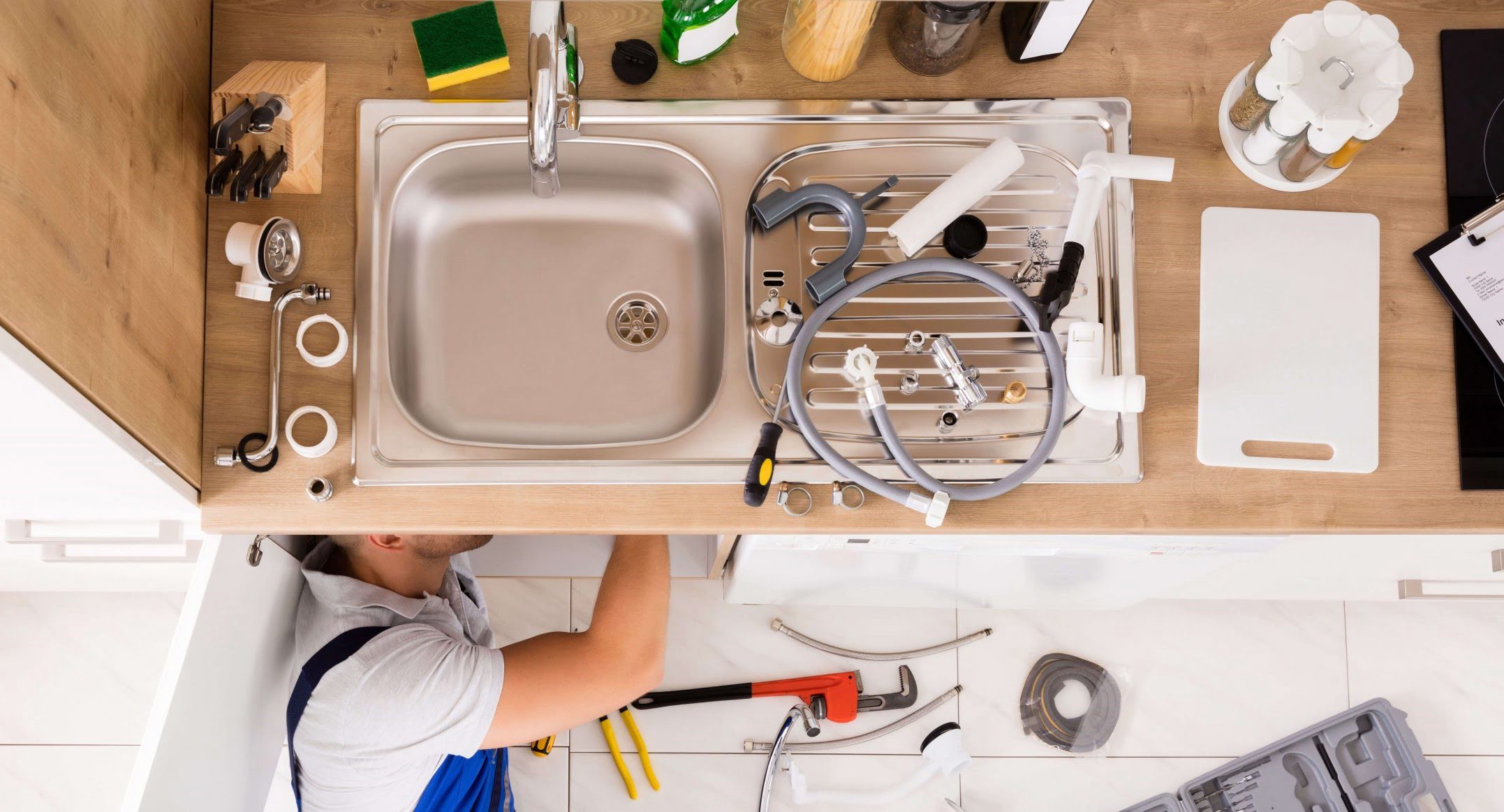
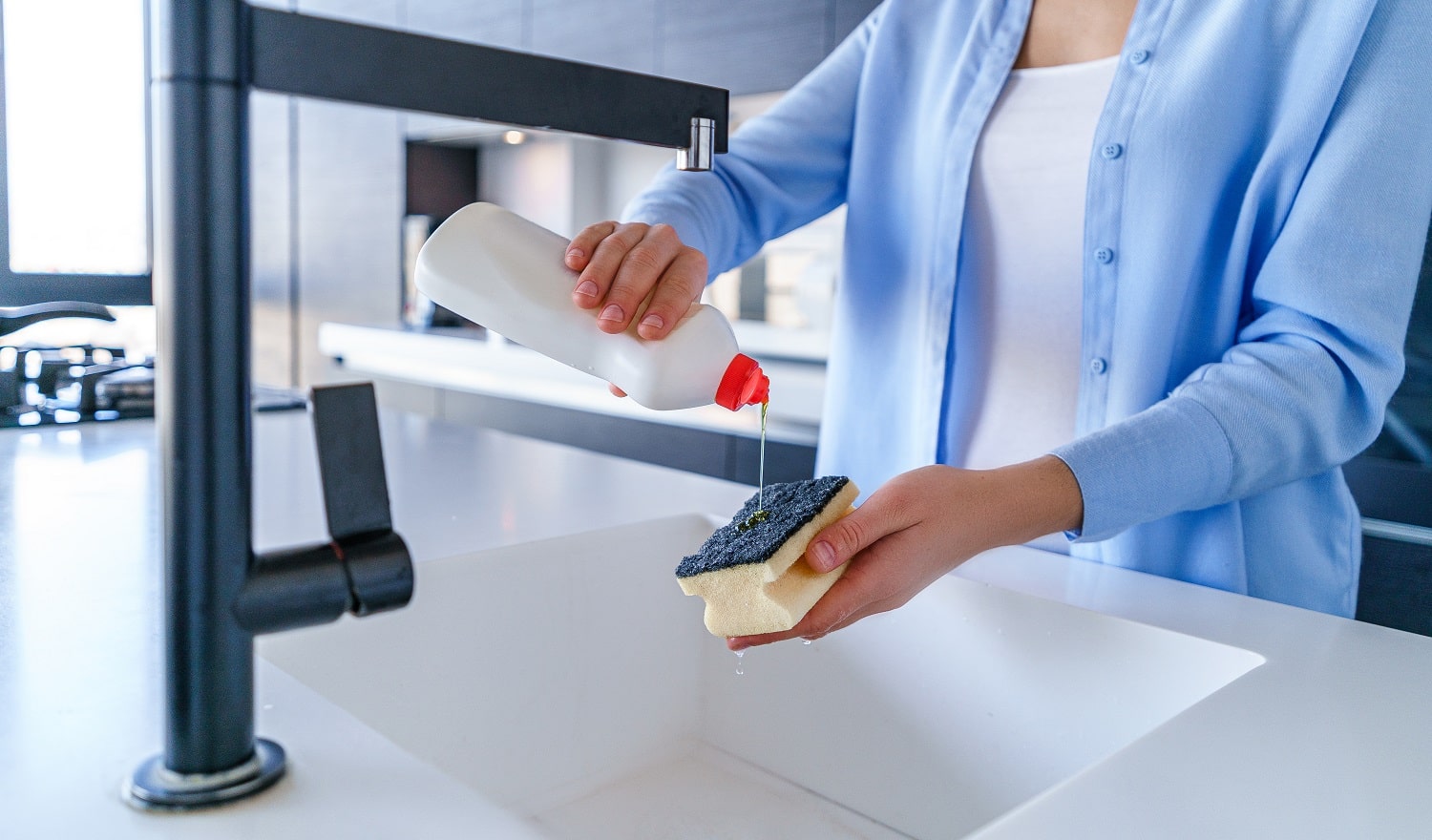
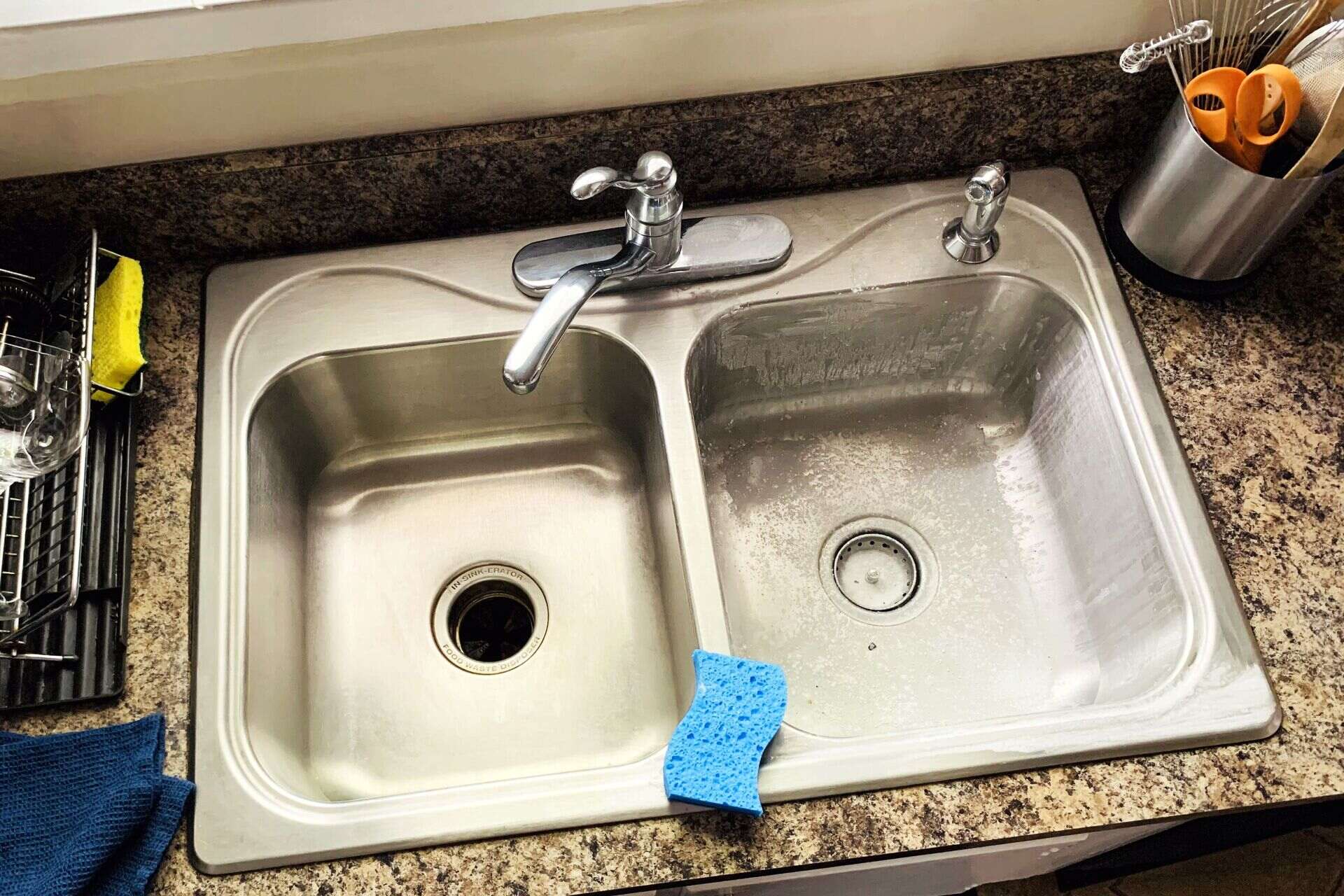
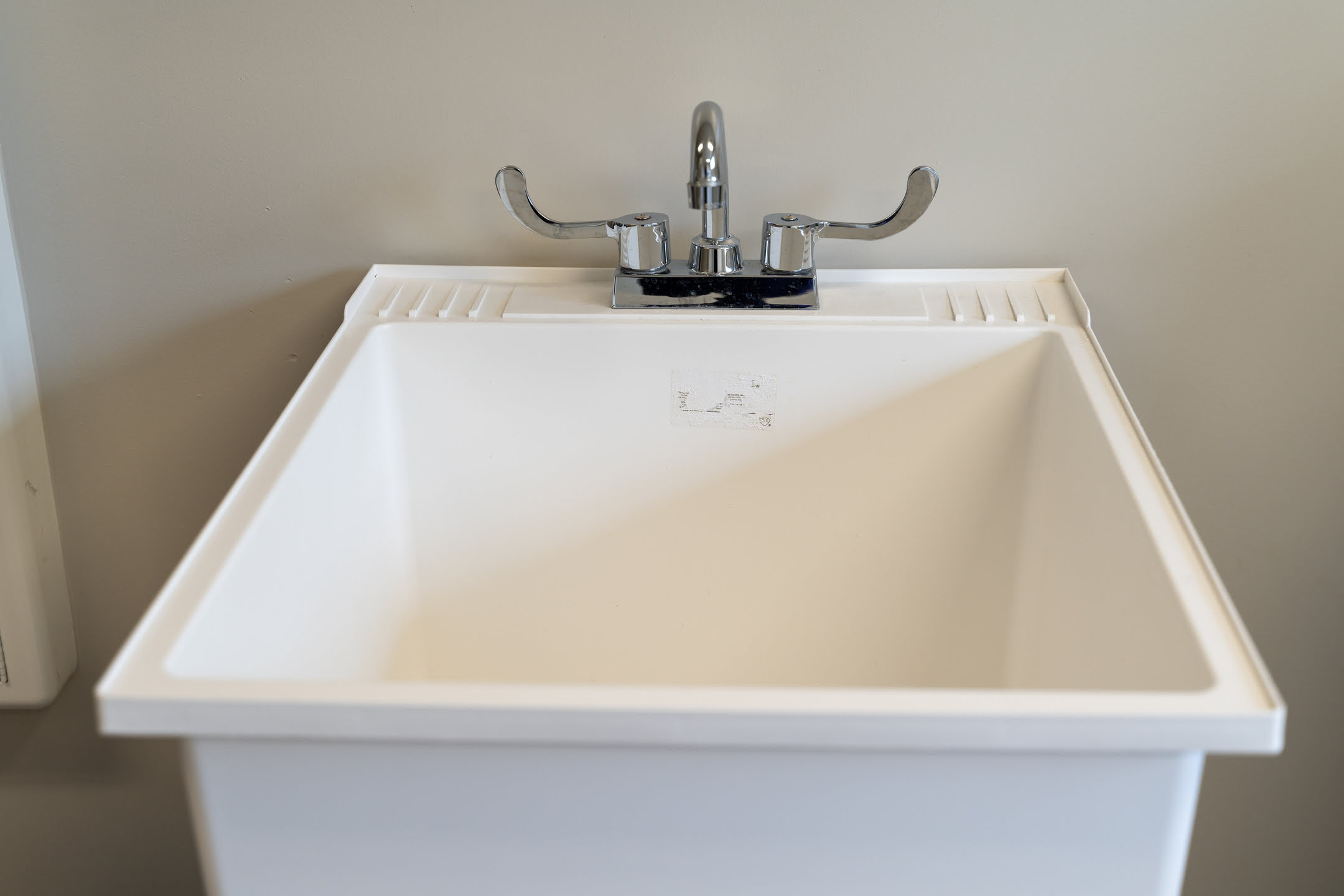
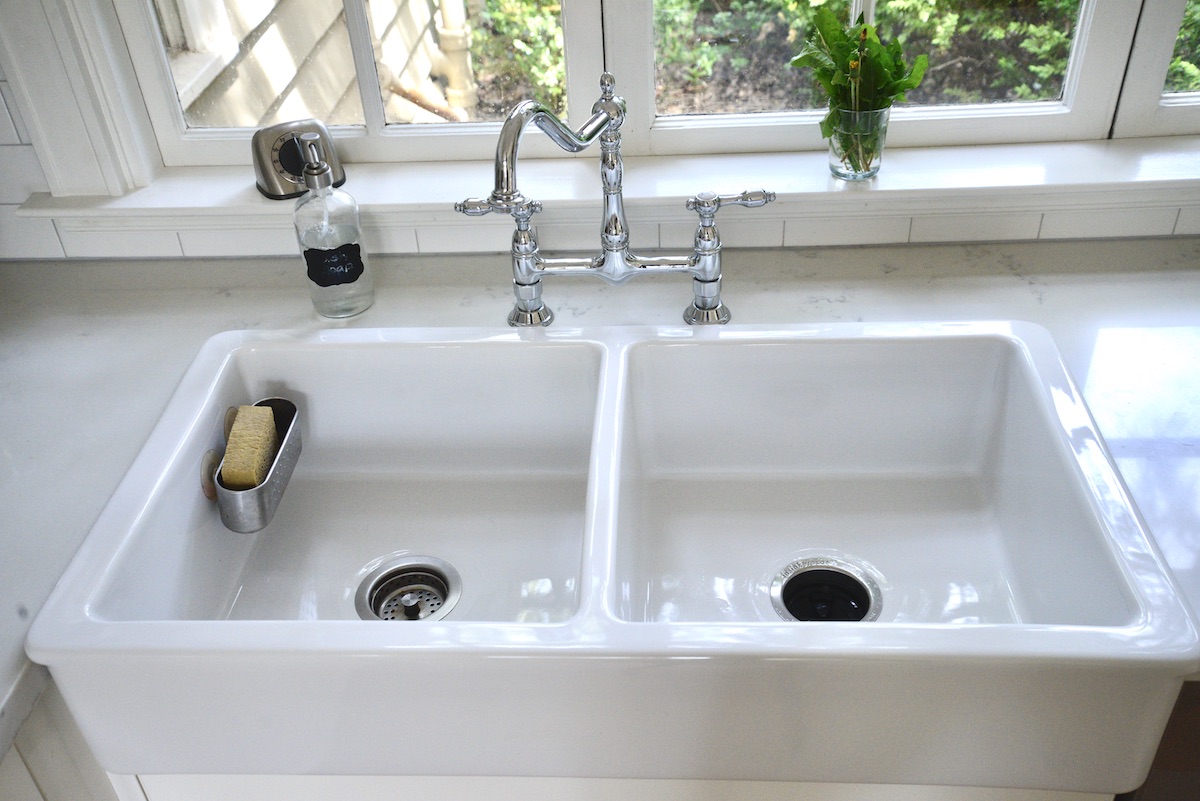
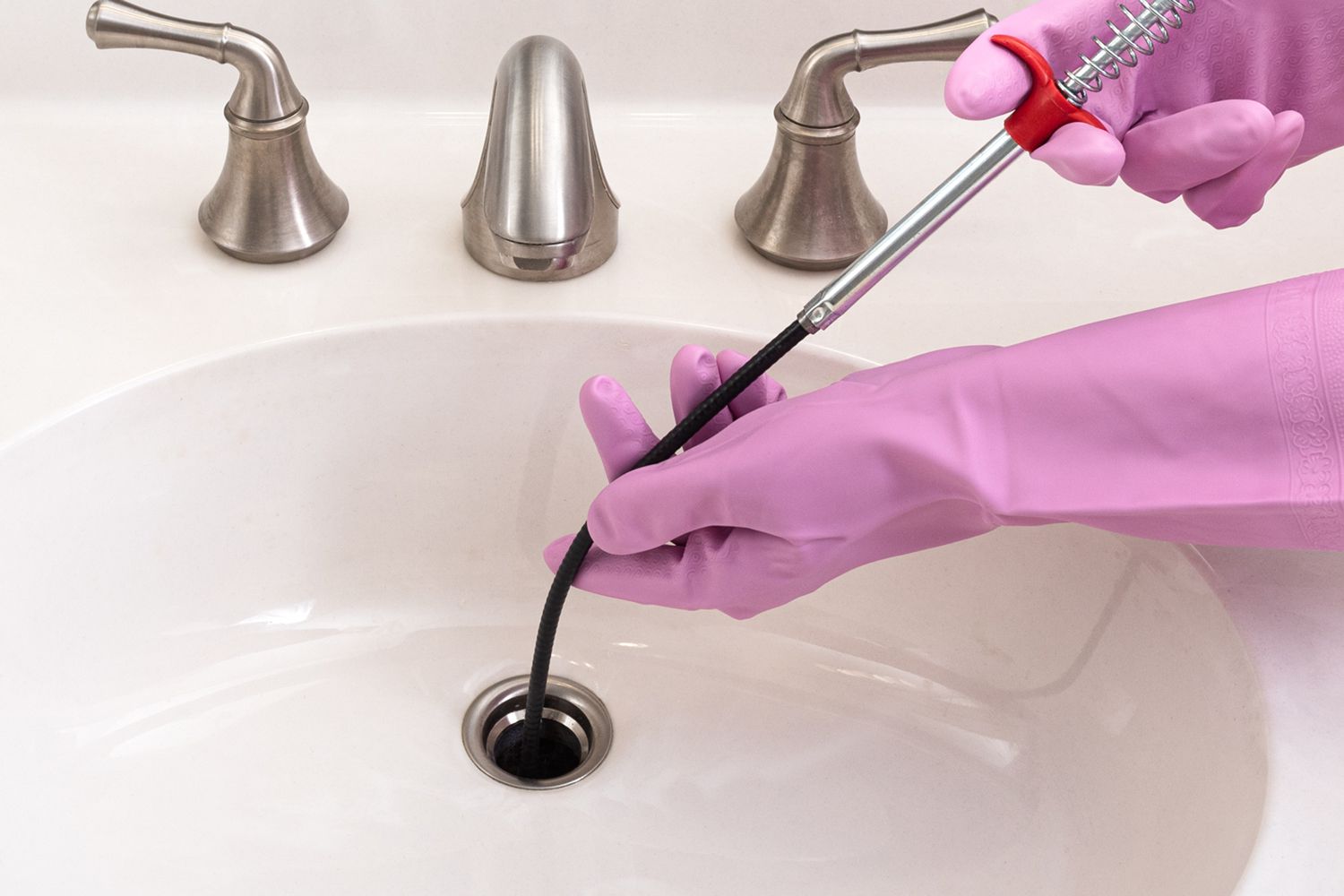

0 thoughts on “How To Clean A Kitchen Sink And Make It Sparkle”